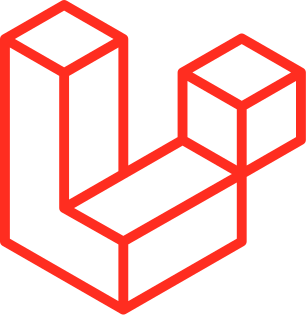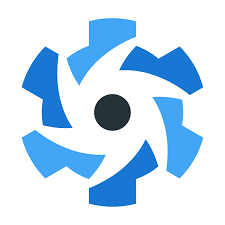Two comparisons of web frameworks are available:
- Comparison of JavaScript-based web frameworks (front-end)
- Comparison of server-side web frameworks (back-end)
Two comparisons of web frameworks are available:

Jakarta Server Faces is a Java specification for building component-based user interfaces for web applications and was formalized as a standard through the Java Community Process being part of the Java Platform, Enterprise Edition. It is also an MVC web framework that simplifies construction of user interfaces (UI) for server-based applications by using reusable UI components in a page.
Extensible Application Markup Language is a declarative XML-based language that Microsoft developed for initializing structured values and objects. It is available under Microsoft's Open Specification Promise.
Fusebox was a web application framework for CFML and PHP. Originally released in 1997, the final version, 5.5.2, was released in May 2012. In January 2012 the rights to Fusebox were transferred from TeraTech to a team of five developers, who removed the rights and placed the framework in the hands of the community.
These tables provide a comparison of operating systems, of computer devices, as listing general and technical information for a number of widely used and currently available PC or handheld operating systems. The article "Usage share of operating systems" provides a broader, and more general, comparison of operating systems that includes servers, mainframes and supercomputers.

JOnAS is an open-source implementation of the Java EE application server specification, developed and hosted by the OW2 consortium, having been originally been created by Groupe Bull. JOnAS is released under the LGPL 2.1 open-source license.
The Spring Framework is an application framework and inversion of control container for the Java platform. The framework's core features can be used by any Java application, but there are extensions for building web applications on top of the Java EE platform. Although the framework does not impose any specific programming model, it has become popular in the Java community as an addition to the Enterprise JavaBeans (EJB) model. The Spring Framework is open source.

Yaws is a web server written in Erlang by Claes (klacke) Wikström. Yaws can be embedded into other Erlang-based applications or run as a regular standalone web server.
A framework is a generic term commonly referring to an essential supporting structure which other things are built on top of.
This is a comparison of notable web frameworks, software used to build and deploy web applications.

Seam was a web application framework developed by JBoss, a division of Red Hat.

Svelte is a free and open-source front end compiler created by Rich Harris and maintained by the Svelte core team members. Svelte is not a monolithic JavaScript library imported by applications: instead, Svelte compiles HTML templates to specialized code that manipulates the DOM directly, which may reduce the size of transferred files and give better client performance; application code is also processed by the compiler, inserting calls to automatically recompute data and re-render UI elements when the data they depend on is modified. This also avoids the overhead associated with runtime intermediate representations, such as virtual DOM, unlike traditional frameworks which carry out the bulk of their work at runtime, i.e in the browser. The compiler itself is written in TypeScript. Its source code is licensed under MIT License and hosted on GitHub.
Wt is an open-source widget-centric web framework for the C++ programming language. It has an API resembling that of Qt framework, also using a widget-tree and an event-driven signal/slot system.
The following outline is provided as an overview of and topical guide to software:

li₃ is a full-stack web framework, for producing web applications. It is written in PHP, supporting PHP 5.3 and onwards and is based on the model–view–controller development architecture. It is described as adhering to no-nonsense philosophies.

Flask is a micro web framework written in Python. It is classified as a microframework because it does not require particular tools or libraries. It has no database abstraction layer, form validation, or any other components where pre-existing third-party libraries provide common functions. However, Flask supports extensions that can add application features as if they were implemented in Flask itself. Extensions exist for object-relational mappers, form validation, upload handling, various open authentication technologies and several common framework related tools.
WebSharper is an open-source and commercial web-programming framework that allows web developers to create and maintain complex JavaScript and HTML5 front-end applications in the F# programming language. Other than a few native libraries, everything is F# source.

Laravel is a free and open-source PHP web framework, created by Taylor Otwell and intended for the development of web applications following the model–view–controller (MVC) architectural pattern and based on Symfony. Some of the features of Laravel are a modular packaging system with a dedicated dependency manager, different ways for accessing relational databases, utilities that aid in application deployment and maintenance, and its orientation toward syntactic sugar.
Silex is a micro web framework written in PHP and based on Symfony, Twig and Doctrine. It is MIT Licensed.
This is a list of articles related to the JavaScript programming language.

Quasar Framework is an open-source Vue.js based framework for building apps, with a single codebase, and deploy it on the Web as a SPA, PWA, SSR, to a Mobile App, using Cordova for iOS & Android, and to a Desktop App, using Electron for Mac, Windows, and Linux.